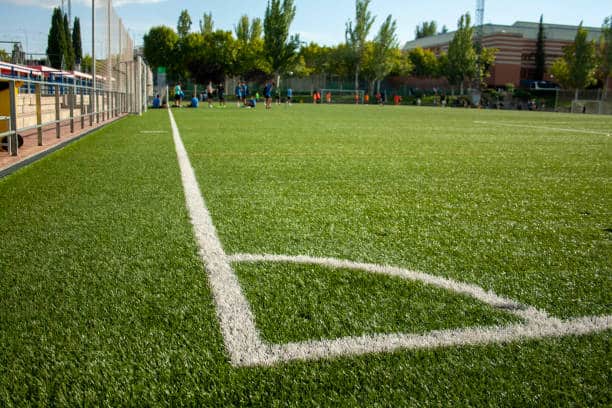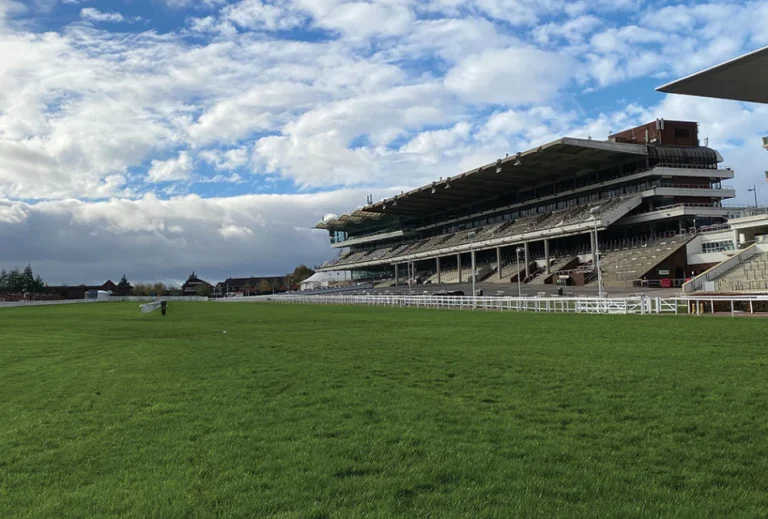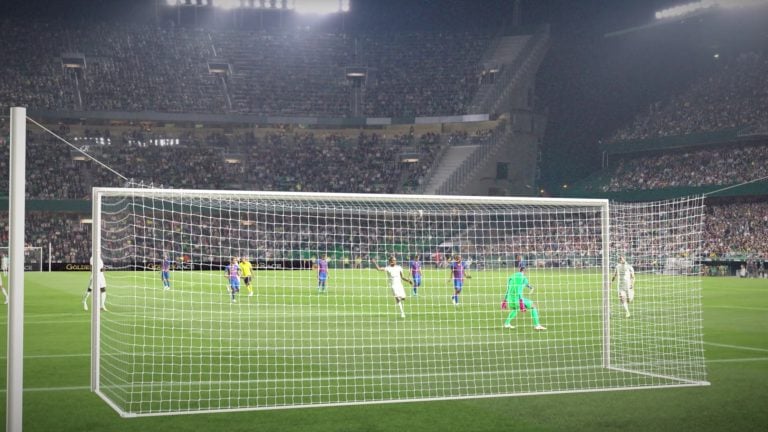No Grass, No Problem: How Access to Artificial Pitches Is Changing the Magic of the FA Cup

Table of Contents
When Tottenham Hotspur were drawn away to Tamworth Football Club of the National League, the club’s modest hospitality room shook with excitement as euphoric fans jumped around. The feeling was that their ship might be about to come in if they could pull off a giant killing act.
To do that, Tamworth’s rustic facilities had to play their part. From portable cabins serving as change rooms for Spurs millionaire players to the seemingly unknown quantity of the club’s 3G artificial pitch. If Spurs could suffer enough of a culture shock, they might wilt against a club 96 places below them on the football pyramid.
Streetwise Spurs Ready for Tamworth Test
Fast forward 120 minutes at the Lamb Ground and Spurs would leave Tamworth after winning 3-0; the dream was over for the plucky non-league side. For Spurs though, it remains very much alive with the club priced at +900 in the latest sports betting odds to win the FA Cup.
Indeed, having overcome what many felt was a potential banana skin, Spurs are now tipped as one of the favorites to win the oldest cup competition as can be seen on the Paddy Power blog which offers up-to-date tips.
So, how were Spurs able to navigate a fixture that was earmarked as one to watch in the likelihood of an upset?
Some faces you may recognise at the Lamb today. 🎤⭐️#bristolstreetmotornationtamworth | #COYL 🐑⚽️ pic.twitter.com/NhTJMGeP7H
— Tamworth Football Club (@tamworthfc) January 12, 2025
The answer may vary but access to artificial football pitches might have saved Spurs.
Spurs’ State-of-the-Art Grass Training Pitches
In any other week, Ange Postecoglou’s charges prepare for games on one of the club’s immaculate 15 grass pitches located at Hotspur Way Training Ground. These pitches are state-of-the-art and intended to replace the 105m x 68m playing surface at the Tottenham Hotspur Stadium.
To maintain their pristine grass pitches, the Spurs grounds team carefully mows, aerates, and fertilizes the turf year-round. They also manage drainage with sand and organic mixes to keep the grass healthy and resilient.
In other words, come rain or shine, Spurs always have training facilities that mirror their home conditions and that of 19 other Premier League grounds.
However, when it was announced that Spurs would travel to Tamworth and wouldn’t have the luxury of the billiard-table-like grass pitches they had grown accustomed to, murmurs began circulating around the football world about the possibility of a David and Goliath shock.
In short, how would Spurs cope on a 3G pitch? The answer: Spurs didn’t train on their pristine grass pitches in the lead-up to the third-round tie but instead used their indoor artificial surface—a luxury only available to the wealthiest clubs in the United Kingdom.
Ordinarily, Spurs would only resort to this option in the case of inclement weather that made outdoor training unsafe. The added benefit in this instance, however, was that, even with clear skies over North London, they could effectively simulate the ‘Tamworth experience’ they were set to face over the weekend.
“It’s the beauty of the FA Cup. It’s the kind of game that makes this tournament special.”
Ange’s Tamworth reaction 🗣️ pic.twitter.com/pVKWkUIxkG
— Tottenham Hotspur (@SpursOfficial) January 12, 2025
As a result, Spurs were able to cope with the irregular bounce of the ball and the altered speed of passes, factors typically influenced by artificial pitches.
One Step Ahead
By familiarizing themselves with the quirks of a non-league setup, the FA Cup’s great leveler—foreign and unsettling new environments—was removed.
The fact that Spurs went on to win 3-0, albeit with some toil, suggests that clubs higher up the food chain now have the resources to counter the unpredictability of the FA Cup—something the competition has long been celebrated for.






